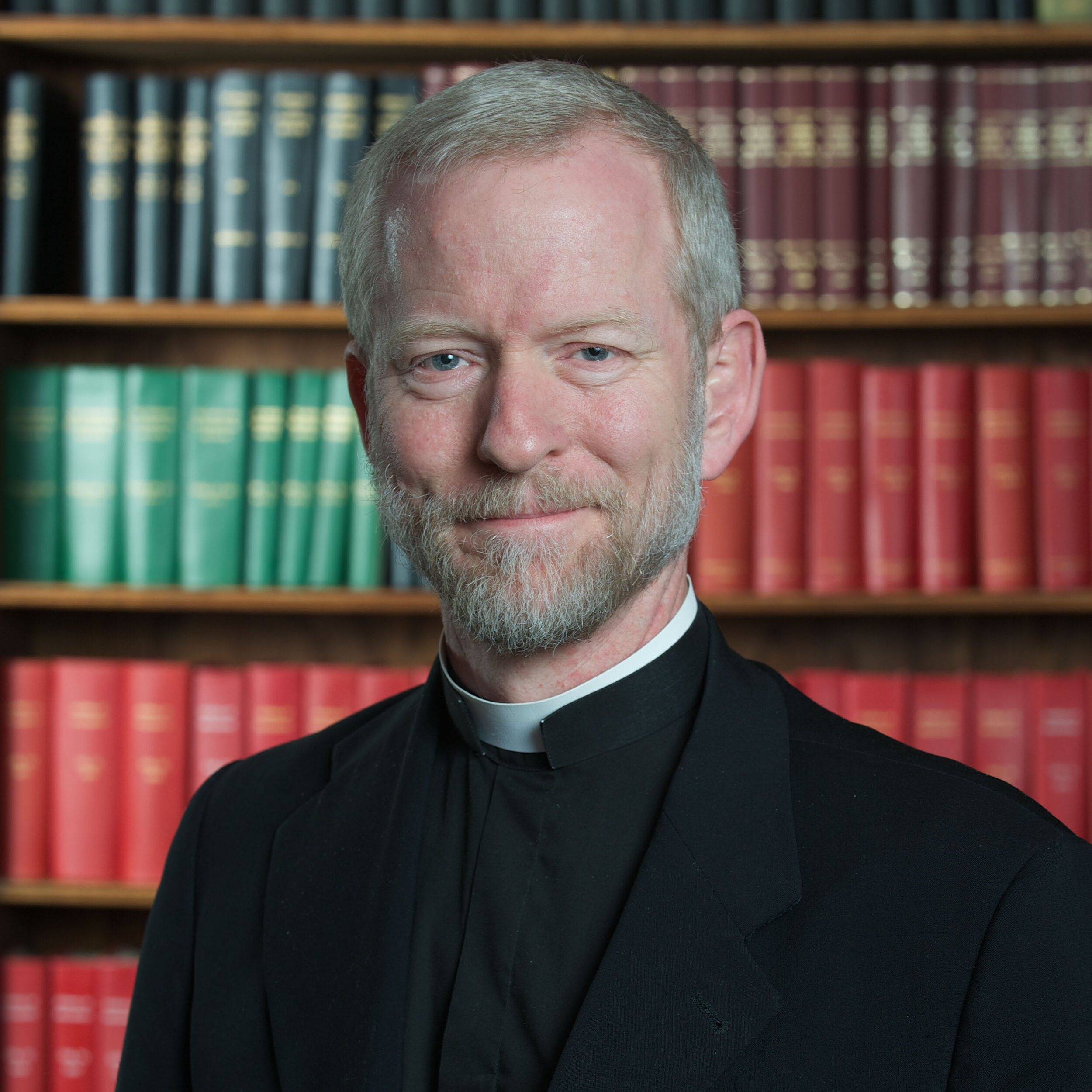Making Sense of Bioethics: Column 015: Guilt-Free Pluripotent Stem Cells?
Sometimes people inquire about the possibility of removing cells from living embryos without harming those embryos, for the purposes of obtaining stem cells. In 2006, scientists announced that they had found a way to pull off one of the eight cells of an early embryo in order to create stem cells, while allowing the seven remaining cells to continue developing into a baby. On first hearing, such a proposal sounds appealing. It appears to side-step the typical embryo-destructive step in stem cell harvesting. In the final analysis, however, the approach sputters and stalls ethically because young humans end up being directly subjugated and violated in laboratory settings, and are treated as a means to the end of obtaining their desirable cells and parts. More importantly, other recently-developed techniques offer genuinely novel ways to get stem cells without significant ethical objections.
While the quest for “guilt-free stem cells” is certainly a good one, the so-called “embryo biopsy” approach to generating embryonic stem cells fails to deliver, because of at least three serious moral objections:
1) A non-therapeutic intervention is performed on a human embryo. At least 10 percent of his or her body mass is removed for research, rather than for purposes of treating that specific embryo-patient for a known medical condition. The embryo is rather deployed as a starting source for harvestable raw materials, in a gesture that reduces young humans to commodities. Humans must always be treated as ends, not means.
2) Embryonic humans have the right to not be generated in laboratory glassware. They should not be brought into existence in test tubes or Petri dishes. The only fitting home for human embryos is in the warmth and shelter of their mother's womb, not under the bright lights of the laboratory where they can be invaded, violated and non-therapeutically biopsied.
3) The extracted single cell may itself be totipotent, that is to say, it may be a new human being, now able to grow into an adult on its own. Therefore making stem cells out of this extracted cell could actually involve the destruction of a new human life. Early embryos are so flexible that occasionally when a cell breaks off from them, an identical twin can form. While this can certainly occur at the two- and four-cell stage of the embryo, it may even be possible at the eight-cell stage, though there is ongoing debate about this question.
A fourth problem could also be mentioned, namely that the remaining seven cells of the embryo may not necessarily grow into a pristinely healthy baby as is commonly assumed. Many babies have been born after a procedure called preimplantation genetic diagnosis (PGD), where a single cell is removed from the embryo for genetic testing. When testing indicates that the embryo is not affected by a genetic disease, it can be implanted into its mother to grow. What remains unclear is whether babies born after PGD testing are really as healthy as those born without PGD testing. Long-term follow-up studies have not been carried out on these PGD children, so it appears premature at this time to argue that removing one of the eight cells of an embryo has no future effects on that individual. Moreover, the question of whether the single-cell extraction process itself may not directly cause the early death of a certain number of embryos while still in the petri dish after the procedure is carried out has not been systematically studied.
Can pluripotent stem cells (the most flexible variety), be obtained from sources other than human embryos, and without crossing important moral lines? Absolutely. There are an expanding number of ways to derive such cells. Researchers are now able to remove special cells called germ cells from the testicles of adult mice, and transmute them into pluripotent stem cells. This has also been achieved using human cadavers. Another novel approach involves adding a combination of different genes to adult skin cells, to convert them into pluripotent stem cells. This kind of direct conversion is called dedifferentiation or reprogramming, and is a very rapidly expanding direction of research. These novel approaches do not depend upon the destruction of young humans.
All of us are embryos who have grown up. Such embryos should not be destroyed, exploited or otherwise strip-mined for scientific purposes. We can all support those forms of stem cell research, including pluripotent stem cell research, which do not depend on such degrading practices against the youngest members of our species. The argument that we must offer up young humans on the altar of scientific sacrifice, while always objectionable in moral terms, is becoming continually less tenable in medical terms as well, as progress continues to be made in developing alternative, ethically acceptable approaches to pluripotent stem cell research.
Copyright © 2020, The National Catholic Bioethics Center, Philadelphia, PA. All rights reserved.

